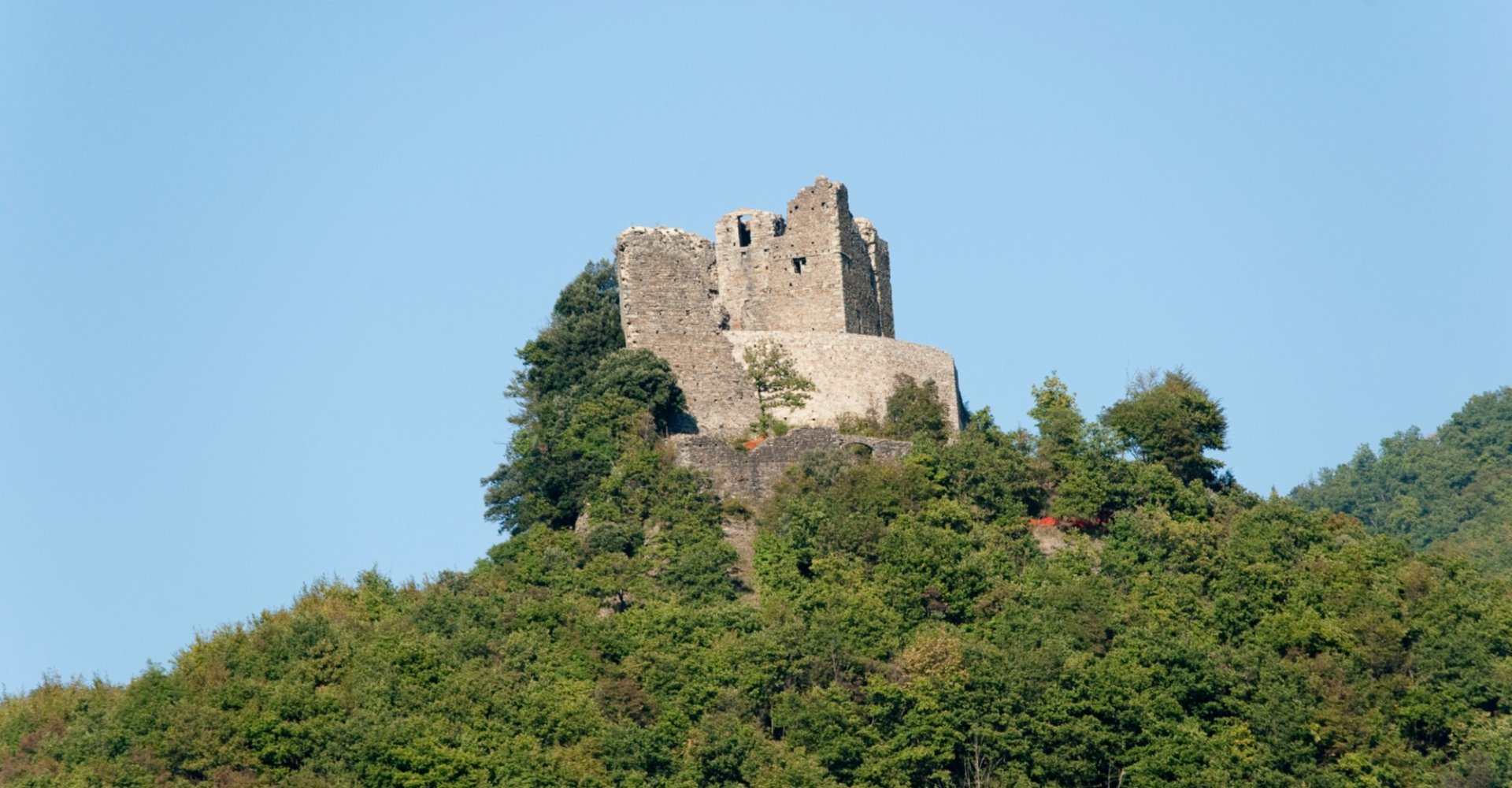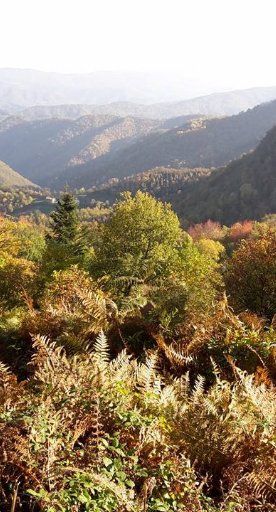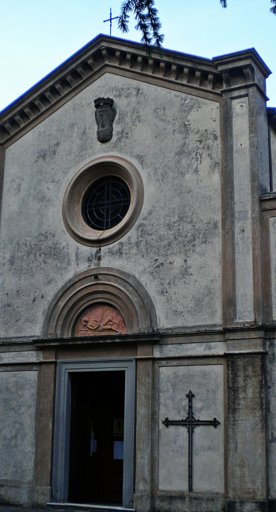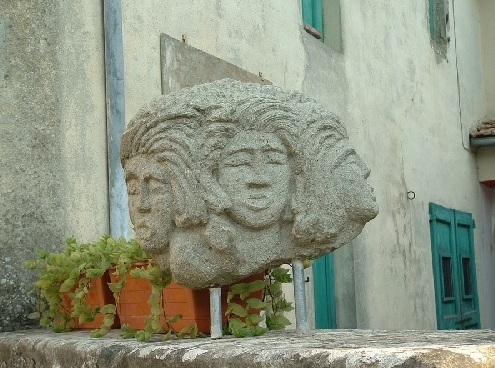Rocca di Cerbaia
The 12th-century fortification is located in the municipality of Cantagallo
On a hill in the Val di Bisenzio, between Usella and Carmignanello in the municipality of Cantagallo, sits the imposing Rocca di Cerbaia, whose name comes from the presence of deer, or cervi, in the area.
Its origins probably date to the 12th century: the tower was given by Federico Barbarossa to the Alberti counts, who made it the cornerstone of their defenses along the road leading to Lombardy.
Between the 12th and 13th centuries, the Rocca, or fortress, was used by the Rabbiosi counts as a bastion during the conflict for control of the territory against the Republic of Prato. The result of the fighting was the elimination of the feudal system in this area and the gradual distancing of the Alberti from Prato and the Val di Bisenzio.
The fortress was not only a tool for war, however, but it was also where the noblewoman Cunizza da Romano lived, who Dante wrote about in his Divine Comedy. She spent her final years recounting the memories of her adventurous life. According to an old myth, it is said that Dante Alighieri, fleeing Florence in 1285, arrived one cold night at the castle seeking refuge, but was denied entry.

The fortress, made from unevenly set local sandstone, still retains its two perimeter walls: the first lower-lying wall includes a doorway that leads to the remains of a medieval apsidal chapel, whereas the other wall features a barrel-covered tank and service rooms.
The last Count of Cerbaia was Niccolò d'Aghinolfo, who the Florentine Republic paid 6,200 gold fiorini to for the fortress. In the 15th century, it was almost knocked down, but in 1512, the podestà in Prato used it again to defend the city from Spanish troops. It was handed over to the local, noble Novellucci family in the 17th century, becoming part of their Gricignana estate, before it was purchased by the Edlmanns in the 19th century. Today, it is owned by the municipality of Cantagallo.





